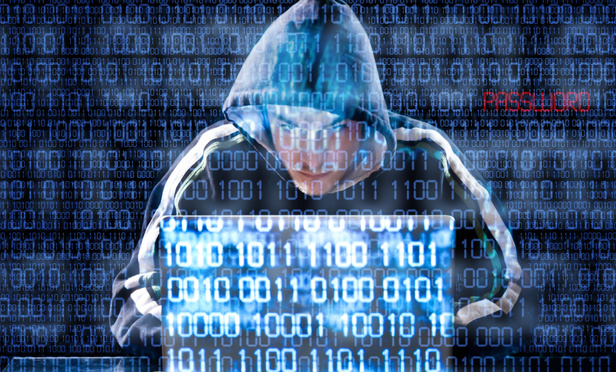
When The Robotic Gavel Falls: AI In Our Courts And The Lawyer’s Imperative
The question isn’t whether AI will become part of the justice system — it’s how far we’ll let it go before someone objects on constitutional grounds.

The question isn’t whether AI will become part of the justice system — it’s how far we’ll let it go before someone objects on constitutional grounds.

Lawyers advising on risk, contracts, or governance can’t treat AI ransomware as tomorrow’s problem. It’s already here.

Enhance your legal skills to advocate for survivors of intimate partner violence.

The very AI tools making your firm more efficient may also be the reason your insurance claim gets denied.

Why the sudden surge? And, more importantly, why should law firms (and their clients) care?

Zero Trust architecture is quickly becoming a 'reasonable' solution to implement.

Basic cybersecurity hygiene goes a long way to help prevent these types of attacks and is something law firms should already be doing.

A new proposal would let wealthy foreign nationals secure an opportunity for a U.S. green card with a $1 million 'gift' to the government, sparking legal and ethical debate.

These are not your average dumb criminals -- they will continue to go where the money is.

A firm's cybersecurity measures to protect information systems and client data must be regularly reviewed and updated.

What if cybercriminals could originate their traffic from within the United States -- at will?

Will lawyers voluntarily accept a possible ethics violation without knowing? The likelihood is very high.

Adoption of Chrometa represents more than a technological upgrade; it reflects a professional philosophy that values accuracy, transparency, and efficiency.

Understanding the actual cost of a data breach will only help firms realize the critical importance of maintaining current cybersecurity measures.

Serious reviews of your cybersecurity and annual security changes mitigate risk and exposure and will keep class action lawsuits at bay.

These simple steps can be quickly implemented by lawyers at no or little additional cost.

Be open to changing the way you protect your data.

AI will never fully replace security professionals – good cybersecurity requires creative human problem-solving.